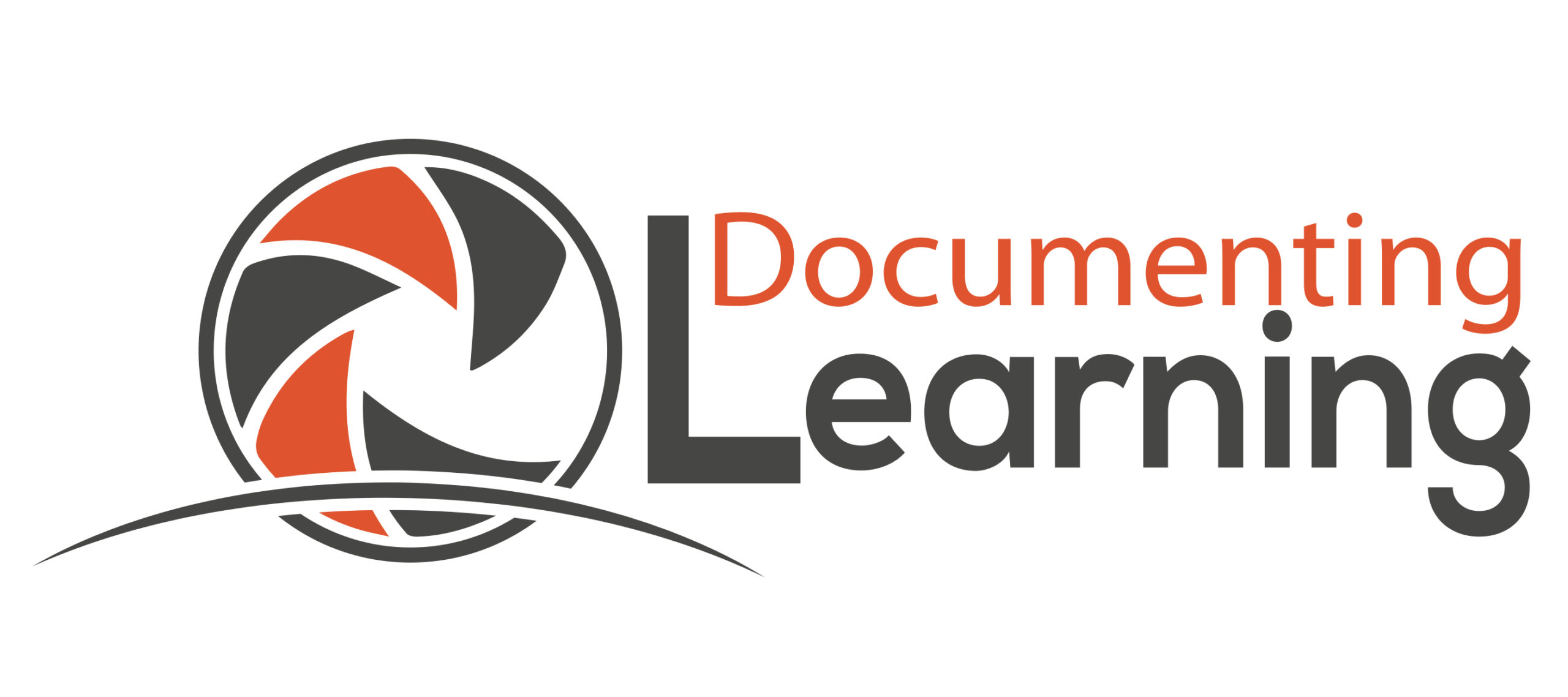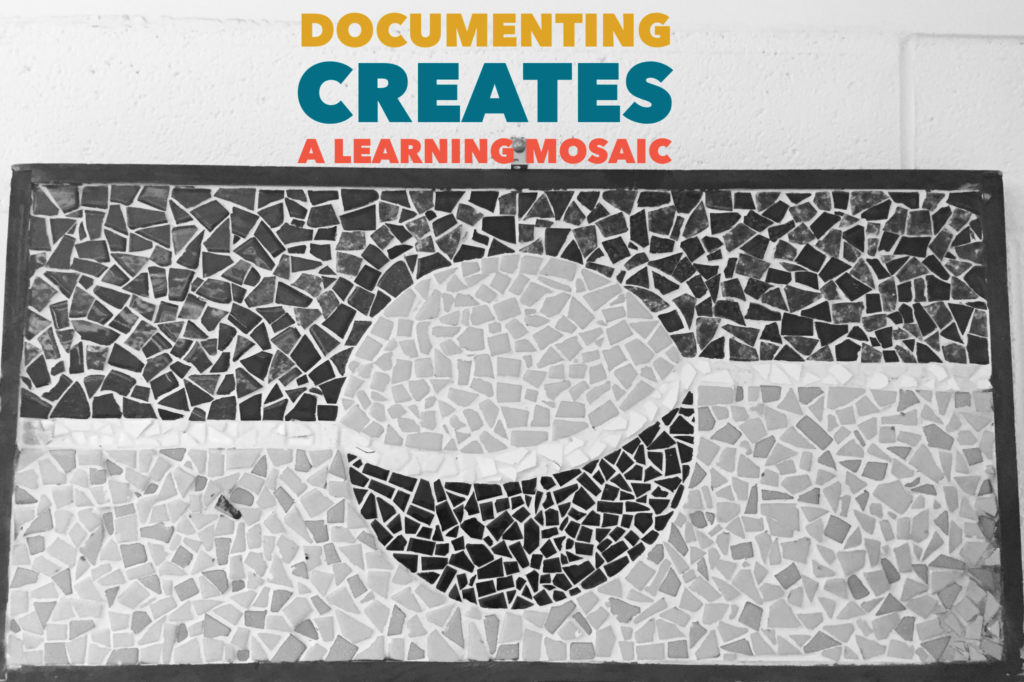I am co-founder and co-director of of edJEWcon, an organization that seeks to advance the conversation of the future of teaching and learning in the 21st century in the context of Jewish Day School education. Through school visits, I have the opportunity to put my work around Documentation OF/FOR/AS Learning into practice.
Below you will find a cross post to the edJEWcon Blog, co-authored with co-founder and co-director, Andrea Hernandez. We had the opportunity to visit Charles E Smith Jewish Day School. A school that is pioneering an integrated STEM program under the leadership of Dr. Alexis Soffler. The documentation serves as a model of
- raising awareness of innovative programs in schools
- documentation of/for/as learning
- transmedia storytelling
- institutional memory & branding
- transparency in order to connect
- sharing of resources and best practices
- call to action to connect, continue and be part of a conversation

edJEWcon is grateful to have opportunities to visit many Jewish Day Schools across North America. We use these opportunities to learn about day-to-day operations, programs, pedagogies, activities, as well as outstanding educators and administrators who are making a difference in their Jewish Day School community and world.
edJEWcon’s mantra is “Learn, Reflect, Share.” Andrea Hernandez & Silvia Rosenthal Tolisano, co-founders and co-directors of edJEWcon, practice what they preach. As we learn from these opportunities, we document these visits in order to reflect and share their learning with the wider Jewish Day School community and educators.
We capture and document our visits, not only to allow others to catch a glimpse of Jewish Day Schools’ campuses, but also to shine a spotlight on unique and innovative programs these schools are contemplating and implementing. We create documentation through the lens of learning. We look for learning in the context of the schools we visit and through students and adults we meet. We strive to make it visible through a variety of media, highlighting programs that are just getting started, tried-and-tested programs, action research, and schools and educators who are leaders and pioneers in the Jewish Day School world. It is a unique opportunity to make learning visible to others and connect educators and schools via the edJEWcon platform. We have much to learn from each other as we forge forward in learning how to learn, communicate and collaborate in uncharted territory of preparing our students for a future we cannot yet predict.
edJEWcon believes in pedagogical documentation, documentation that serves, in itself, as a method or technique to facilitate learning. We agree with the authors’ of “Visible Learners” (Krechevsky, Mardell, Rivards & Wilson) definition:
“documentation as the practice of observing, recording, interpreting, and sharing through a variety of media the processes and products of learning in order to deepen and extend learning… These physical traces allow others to revisit, interpret, reinterpret, and even re-create an experience.”
Documentation OF learning focuses on a product and mostly answers the question of “What did we do?”
Documentation FOR learning is concerned with our interpretation, supports reflective practices and strives to answer the question, “Where do we go from here?”
Documentation AS learning is part of the process of learning, is metacognitive and is concerned with thinking about one’s own thinking to answer the question “How do we learn?”

In the following documentation of our visit to Charles E Smith Jewish Day School, we strove to incorporate all three types of documentation (of, for, as) as we learned about the school, reflected on the visit and its meaning and are now sharing our learning.

We were invited to visit Charles E. Smith Jewish Day School by Dr. Alexis Soffler, who is head of the school’s STEM program which was the primary focus of our visit. During the day, we used our phones to capture images and videos documenting the STEM program, as well as the campus and learning in general. See if you can “read” these annotated images that give you a look into our one-day visit through the filters of our eyes and ears.









In addition to the images, we captured videos to document different facets of our experience.
Discover CESJDS’ campus via our eyes.
The one-word video is a compilation of one-word responses by students, teachers, administrators and parents to the question, “What does STEM mean to you?”
The video STEM at CESJDS gives you an even closer look at how STEM is visible and being implemented at the school.
Dr. Alexis Soffler shared with us her favorite question she reminds students and teachers of as they embark on a learning journey that embeds STEM
What happened that you were not expecting?

Two 6th graders, Ariana & Julia, also shared their favorite quote by Thomas Edison, that seem to embody their experience in STEM.

 We were privileged to be able to observe Sarah Andrea’s 3rd grade classroom, as they embarked on an hour of coding. Dr. Alexis Soffler had provided screencast tutorials to support her teachers in facilitating the coding hour.
We were privileged to be able to observe Sarah Andrea’s 3rd grade classroom, as they embarked on an hour of coding. Dr. Alexis Soffler had provided screencast tutorials to support her teachers in facilitating the coding hour.

We observed and were able to capture many moments of learning.



 Revisiting the definition of documentation by Krechevsky, Mardell, Rivards & Wilson, we shared at the beginning of this post, we invite you to watch the video below of the 3rd grade Coding Hour and to be able to revisit, interpret and reinterpret and possibly re-create such an experience in your own classroom or school.
Revisiting the definition of documentation by Krechevsky, Mardell, Rivards & Wilson, we shared at the beginning of this post, we invite you to watch the video below of the 3rd grade Coding Hour and to be able to revisit, interpret and reinterpret and possibly re-create such an experience in your own classroom or school.
“documentation as the practice of observing, recording, interpreting, and sharing through a variety of media the processes and products of learning in order to deepen and extend learning… These physical traces allow others to revisit, interpret, reinterpret, and even re-create an experience.”
How does documentation extend our learning?
Andrea:
Our visit to the school began at 8 am and ended at 4:30 pm. During those hours, we met and spoke with many people and saw learning happening in classroom after classroom. It was a long and highly stimulating day. I absolutely need the time to reflect and process such an experience in order to make meaning from it. Otherwise, everything starts to blend and it becomes difficult to remember what I saw, who said what and how it all related. I feel that, at times, taking constant photos and video can be distracting or even obnoxious, but it is simpler and more direct than taking notes and more efficient than trying to remember everything.
Often I allow myself to become lazy, leaving the photos on my phone or computer, never reviewing them or using them to create an edited, annotated, reflective piece of documentation. This is an example of documentation OF learning and, while it is part of the overall process, it is incomplete. It is only when I take the time to review the media and create something communicative and coherent, that the documentation becomes part of my learning process. When creating the Looking for STEM video, I used the STEM brochure produced by the school to annotate the media Silvia and I had captured. It helped me create context and understanding between what I saw and experienced and the larger goals of the program.
Silvia:
To me, documentation OF learning (taking pictures, recording videos or writing and account of “What happened” is being extended as we are practice documentation FOR learning and AS learning. Documentation is embedded in the learning process. We not only took pictures or videos, we strategically used them, organized them, edited them, discarded them, and rearranged them to tell a specific story, to look through a specific lens, to share with a specific audience. Documentation also serves the purpose of bringing in more than one perspective, when multiple eyes capture what seems to be one and the same scenario. We bring different perspectives, experiences, agendas and expertises with us to make our point of view visible to others.
Documentation is divided into three stages:Stage1: Thinking about what is to be documented?
It helps when one sets a specific criteria to be documented versus trying to capture a bigger umbrella of ideas. In the case of our visit to CESJDS, we looked at learning through the lens of STEM.Stage 2: Documenting the moment
The actual moment of documentation changes one’s perspective when one is cognizant of the task to later reflect and share on that same moment. One does not just glance over moments, but strategically becomes aware of documentation opportunities that later on will help tell the story. The eye becomes more honed to be aware, filter and discern opportunities to capture learning. What was occurring or what was not occurring? In the case of our visit to CESJDS, we specifically set our task to look for learning in the context of STEM.Stage 3: What do you do with the documentation?
Organizing, editing, connecting, reflecting, creating and sharing are not add-ons, but become an important component of the learning process . In the case of our visit to CESJDS, we sifted through hundreds of images and videos, filtered, selected and connected strategically the ones that would support our storytelling, annotated specific ones to make observations, quotes, learning visible to be able to share with others. The task amplified the thinking, meta-cognition and overall learning.
What did you learn from our documentation of CESJDS’ STEM program? Are you developing your own STEM program at your school? Are you interested in learning more about the program? Can you share your experience and expertise to grow together? Are you interested in learning more about documenting of/for/as learning or for edJEWcon to come to your school to share your learning initiatives with a larger audience?



